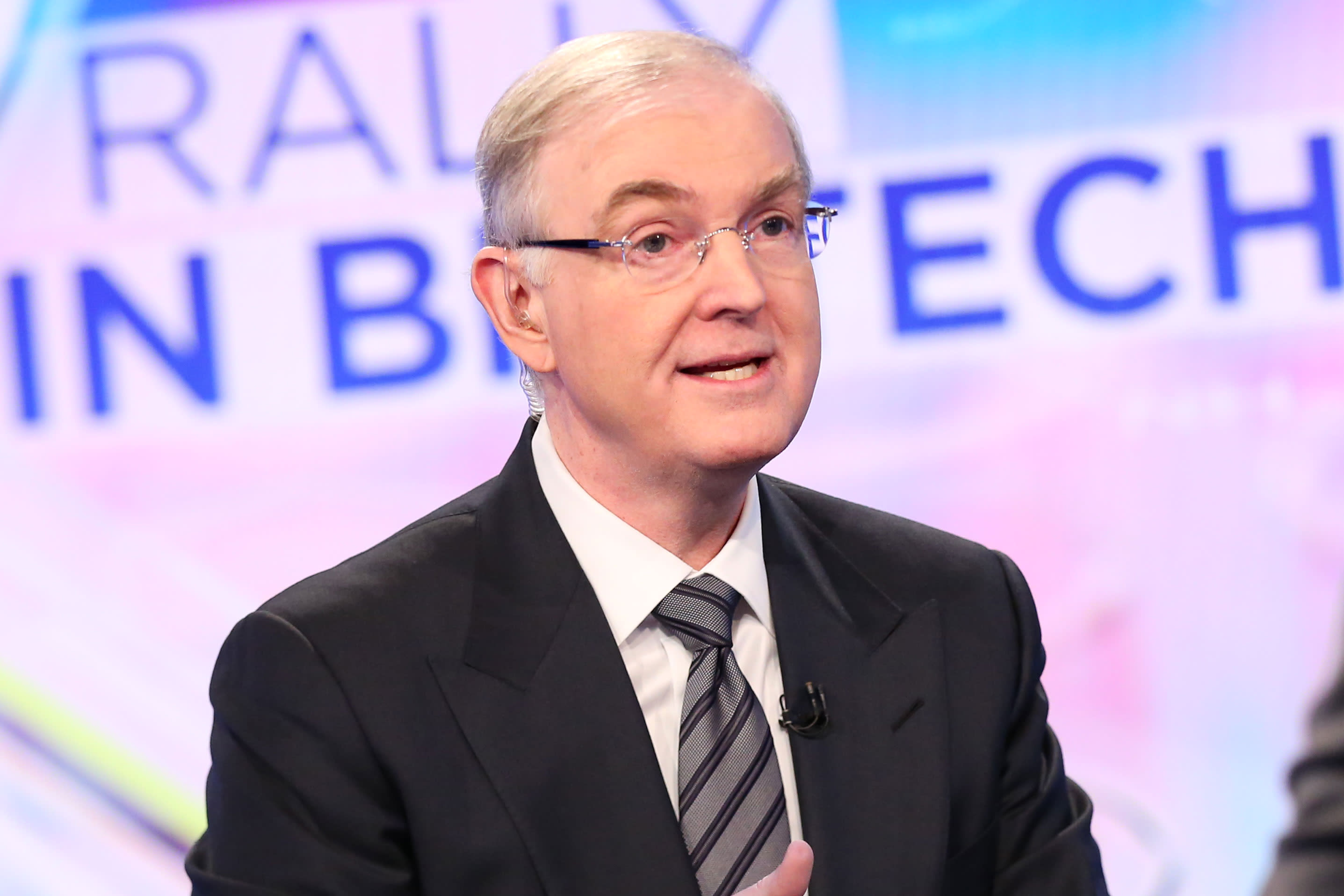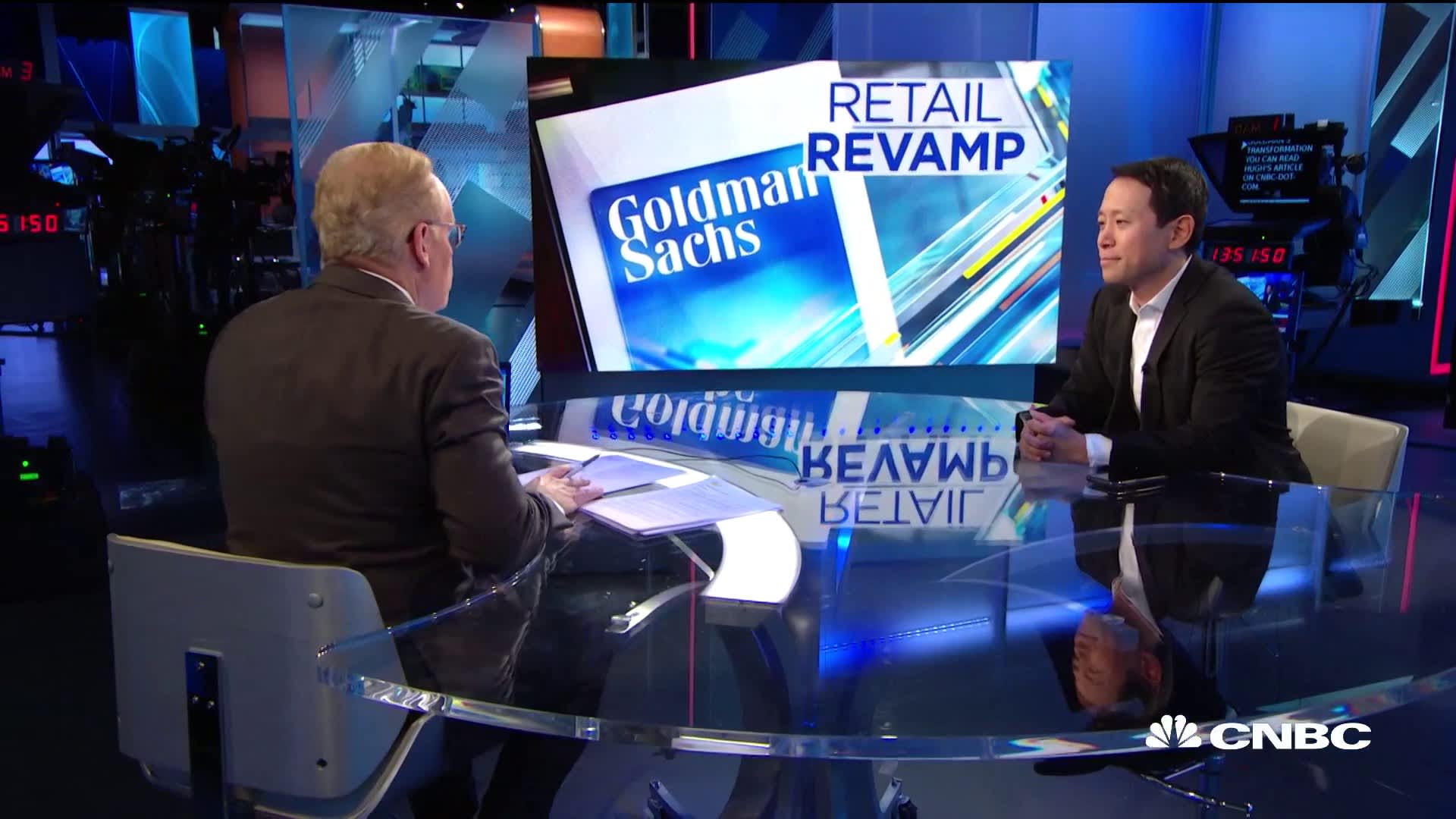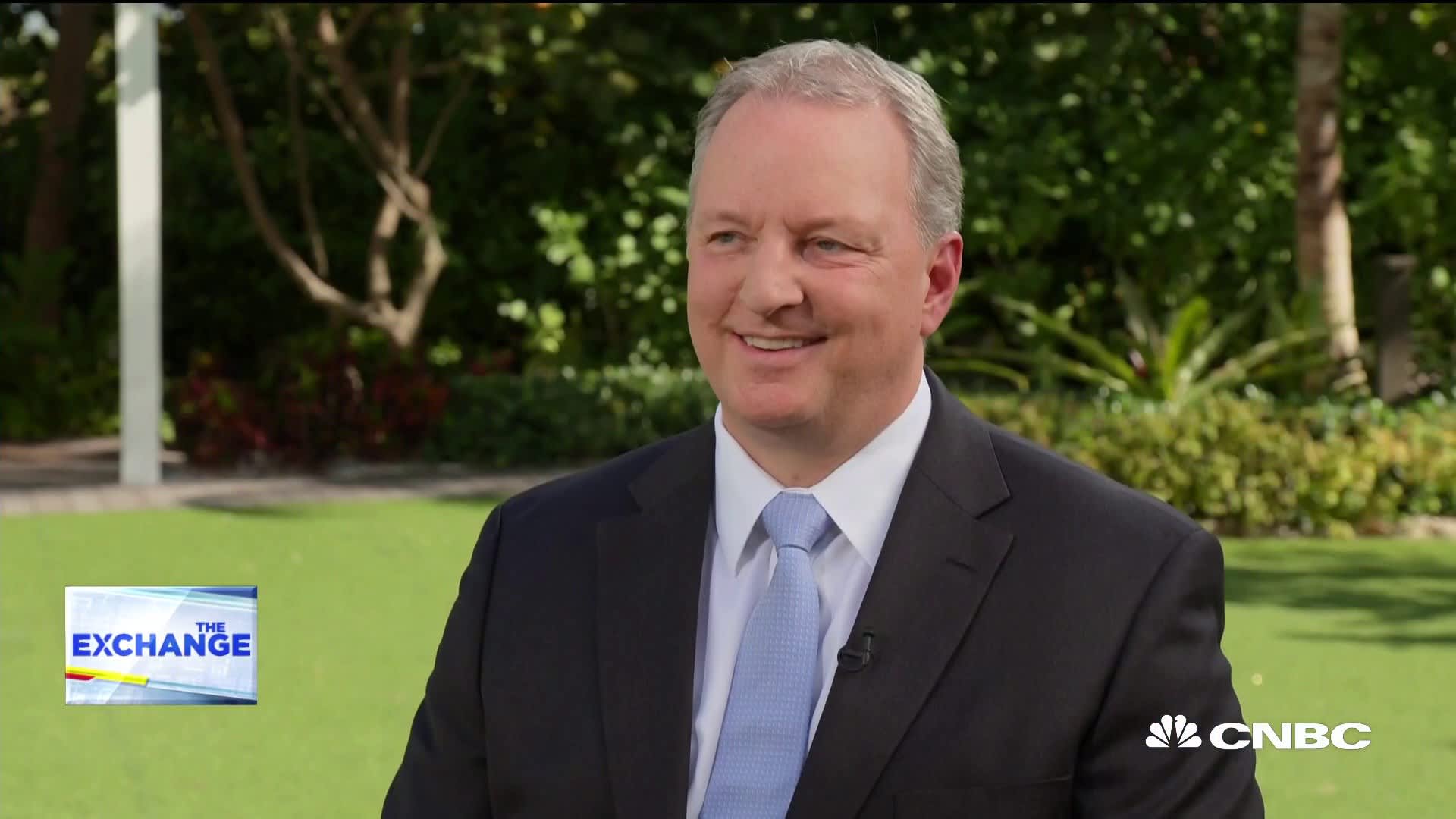Dow 52,000?
EDITOR'S NOTE
I've talked before about how--especially after the '08-09 financial crisis--people keep overly preparing for the risk of another stock market collapse but don't prepare enough for the "risk" of a continued rally.
I can't tell you how many people I know, especially older people, who got out of the market before, during, or after that crash...and have never gotten back in. What was prudent for a time back then has become a major problem for them now that the rally has lasted a decade and counting. That translates into huge losses in terms of potential retirement wealth, or, put differently, lowers their future standard of living.
I say all this because one of my favorite market prognosticators has a rather "alarming" way of looking at stocks right now, in that sense. Brian Reynolds, now of Reynolds Strategy, says fair value for stocks based on what's happening in the credit market could be way higher.
Reynolds watches the buying habits of pension funds--probably the biggest overall participant in financial markets--very closely. And they are continuing to pour money into the credit market, especially so-called "private credit" that doesn't trade. Makes for less market volatility to report to stakeholders!
Ironically, by favoring private credit over stocks, pensions are fueling the run-up in stock prices anyhow, since a lot of the credit is used to fund stock buybacks. (This also exacerbates the stock market's volatility, since their direct demand for equities has vanished.) We don't have prices for "private credit" readily available, but Reynolds says if you use the proxy of junk bond yields today (roughly just over 5%), fair value for the S&P 500 should be...6000, up from 3240ish today. That similar 85% gain for the Dow would mean a level, as this subject line suggests, of around 52,000.
I know that sounds insane. And Reynolds himself freely says this credit cycle is "artificially inflating" stock prices. After all, this is exactly how the last two cycles played out--in 2000, with the price-earnings multiple of the S&P 500 topping out around 29 (using the past two and forward two quarters earnings estimates), and in 2007, topping out around 27.
Reynolds puts the market's current PE at just shy of 20, or just over a 5% earnings yield--meaning, as he points out, "you can get almost the yield of junk by buying stocks, plus capital appreciation potential compared to a bond maturing at par." And that's how stocks can look so "cheap" even while the market multiple is rising. (And Reynolds spotted an even worse gap between price and fair value during the "fiscal cliff" debacle in 2012, which indeed turned out to be a great time to buy stocks.)
Here's my point: what if the rally does keep going...for years? For younger investors, there's little point in sitting on the sidelines while this all plays out. We have a long time horizon and if we're buying steadily in our 401(k)s, we'll buy plenty of dips along with the highs.
But what if you're older and closer to retirement? How can you both take advantage of a continued rally and not burned if it collapses as you're retiring? I asked my dad, who's a financial planner. He suggested the following "bucket" approach: > 10% of your money in liquid savings; > 20% in a bond ladder (not bond funds) with average duration of six years or less; > 20% for a single premium immediate annuity for guaranteed lifetime income; > 30-35% in diversified dividend income stocks; and > the remaining in longer-term bonds, TIPS for inflation protection, or actually spending it in order to postpone taking Social Security until age 70 so you get more dough.
Easy breezy! Ha.
But seriously, we should all ponder what to do if this bullish scenario plays out, as opposed to the recession-mongering we've been hearing endlessly about for years now. (Bigger picture, I also wonder what it will look like if the expansion keeps going and the labor market keeps tightening.) If the bull market and expansion does continue for a bit, this is the time to get your ducks in a row--before the next downturn. Maybe, even, to be ready for it.
That's all for now :-)
Kelly
P.S. We are now a podcast! Click to subscribe.
KEY STORIES
IN CASE YOU MISSED IT
| ||||||||||||||||||||||||||||||||||||||||||||||||||||||||||||||||||||||||||||||||||||||||||||||||||||||||||||||||||||||||||||||||||||||||||||||||||||||||||||||||||||||||||||||||||||








Post a Comment